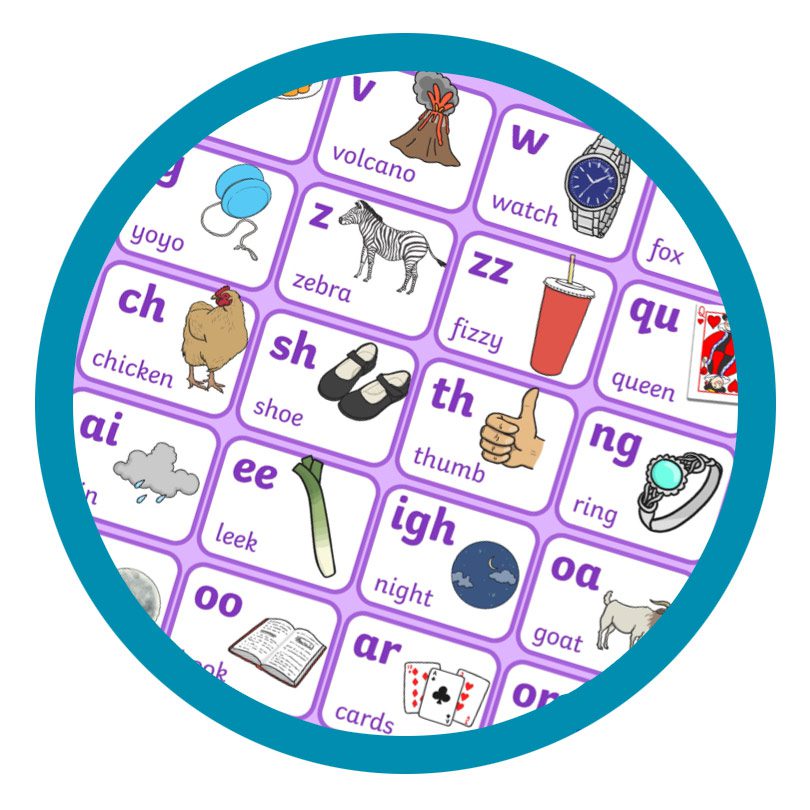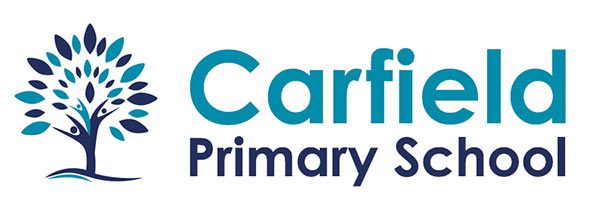Writing
Our Vision…
At Carfield, we aim for all our pupils to become skilled, fluent writers. We want pupils to combine a love of reading with a love of writing and be able to use what they have read to write for a range of audiences and purposes. Pupils will develop their spoken language skills though oracy rich classrooms which promote them to become confident, language-rich writers. Pupils will be able to use their writing to communicate their ideas and emotions to others. An enjoyment of writing will be developed through exposure to high quality texts, reading for pleasure and pupil’s own experiences.

Intent
By the end of KS2, we aim for all pupils to be fluent speakers, readers and writers who can combine all three skills and be able to use writing as a form of communication. Writing skills are developed through a progressive writing curriculum from FS2 to Year 6. All pupils are given the opportunity to write on a daily basis, whether this be in specific writing lessons or the wider curriculum. Pupils will develop automaticity in both transcription and composition. Daily practise of transcription will allow pupils to develop their handwriting and spelling skills, whilst teaching of composition will focus on language choices, sentence structure and grammar. As they progress through school, pupils will be exposed to writing for a range of audiences, beginning with those that they know and who are familiar, progressing to more generalised audiences. The purpose for writing will also be progressive. Development of SPAG will also be a key part of pupils writing; pupils will have relevant SPAG and language skills embedded at KS1 which will allow them to further develop their writing at KS2. We also intend for pupils to leave school being able to use fluent and legible joined-up handwriting.
Implementation
- Writing is taught daily. Each lesson begins with retrieval practice to consolidate understanding of previously taught SPAG, vocabulary and sentence structures.
- Pupils are taught from the Carfield writing curriculum – a progressive writing framework from EYFS to Y6.
- There is a specific sequence of lessons which can be covered in each writing unit – teachers have autonomy over the order of lessons to fit the needs of each purpose.
- SPAG skills and progressively mapped out and progress across each year group, pupils are required to apply both previously taught SPAG, and new learning in their writing.
- Pupils with additional needs are included in whole class lessons and teachers provide scaffolding or support where necessary. For those pupils who are working outside of the year group, individual learning activities are provided to ensure their progress.
- Oracy, and opportunities for pupils to verbalise ideas for writing, will underpin the writing sequence. Pupils will develop and use oracy to support their writing in every lesson throughout the unit.
- A “hook” lesson should be used during the writing sequence as a stimulus to write. These lessons should be immersive and may involve drama, videos, a local walk, visitors or other.
- All writing units must have a clear audience and purpose, pupils will spend time exploring these at the beginning of a writing unit.
- Model texts will be explored when introducing a unit so pupils can explore authorial intent, language choices and structures and how an author has written for a specific purpose. Pupils will be supported to make links with reading and talk about authors who have written for similar audiences or books they have read which have been written for a similar purpose.
- A high-quality, teacher-written WAGOLL will show pupils how the chosen SPAG and language features can be applied to the final written piece.
- Discreet SPAG lessons also form part of the writing sequence, pupils will be given the opportunity to acquire and apply the skill at sentence and (where appropriate) paragraph level.
- Each writing unit contains vocabulary focussed lessons. Pupils are exposed to high-level tiered vocabulary e.g. technical vocabulary, descriptive vocabulary, synonyms / antonyms and emotive vocabulary. Pupils are then supported to make informed choices about the most effective vocabulary for the purpose of the text.
- Planning forms part of the writing sequence where necessary, some units may have one specific planning lesson, others may have planning which is built on and added to throughout the unit. Pupils should refer back to their planning when starting to write their independent pieces. Planning should consider audience and purpose, vocabulary, SPAG, sentence structures and the structure of the final piece.
- Pupils will be given the opportunity to edit their work. Editing is a fluid process and is scaffolded through teacher feedback, peer assessment and independent pupil review.
Impact
- Pupils will enjoy writing and view themselves as effective, competent writers.
- Writing will be seen by pupils as relevant and purposeful, and as a means to communicate their ideas across the entire curriculum.
- Pupils will show enthusiasm towards their writing and they will enjoy talking about and sharing it with others. They will show good understanding of the impact that their writing can have on the reader.
- They will have a good understanding of the purpose of writing and will be able to write effectively for a range of purposes and audiences.
- Pupils will be proud of their writing and will have the opportunity to see it on display and shared via SeeSaw with other in the school, including their families.
- Pupils will have high aspirations for themselves as writers that will impact positively on their future lives.
